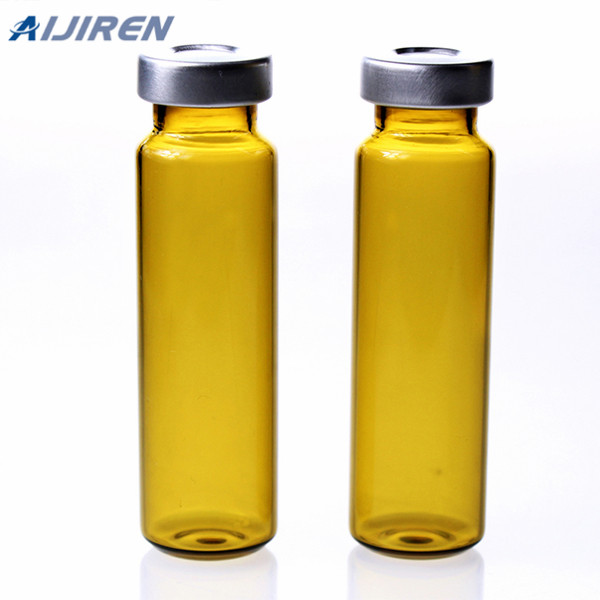
between each analysis Sample vials – Adaptor-free compatibility with headspace vials of 10 mL, 20 mL, and 22 mL sizes that meet the following specifications: • Screw or crimp top closure • Flat or rounded bottom style • Dimensions: - 10 mL size (47.0 mm minimum height with closure) - 20 mL and 22 mL sizes (79.0 mm maximum height with
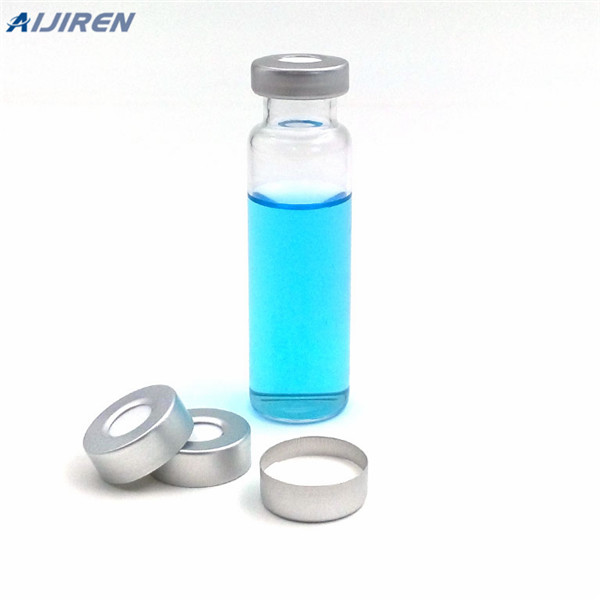
BASIK™ Brand - Economical vials that are selected for non-critical use. Crimp Top Vials - Eliminate Screw Tops from your selection. Flat Bottom - Vials with bottoms that are flat. For - (Instrument): Aijiren™, CTC™/Leap™, Perkin Elmer™ or Varian™. MicroSolv™ Brand - Vials made from pharmaceutical grade borosilicate glass, N51A.
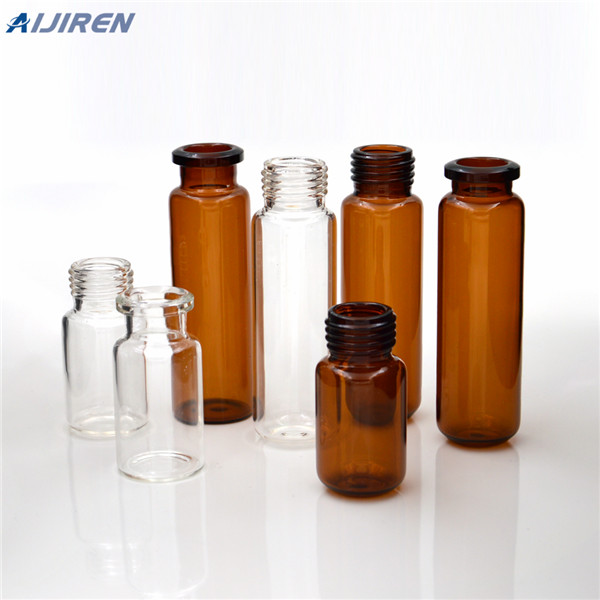
Thermo Scientific™ 8mm Amber Glass Crimp Top Vials - Fisher Sci Re-usable sleeves support the crimped, sealed vials in the correct position in autosampler carousels or in racks and allow movement of the vials as a unit to injection positions in both GC and HPLC autosamplers.
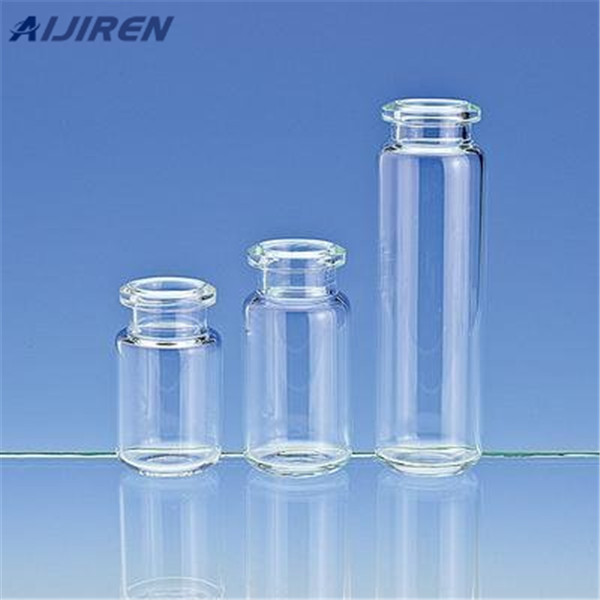
Vial, crimp top, headspace, amber, flat bottom, certified, 20 mL, 23 x 75 mm, 100/pk. Vial size: 22.75 x 75 mm (20 mm cap) Products specifications Type
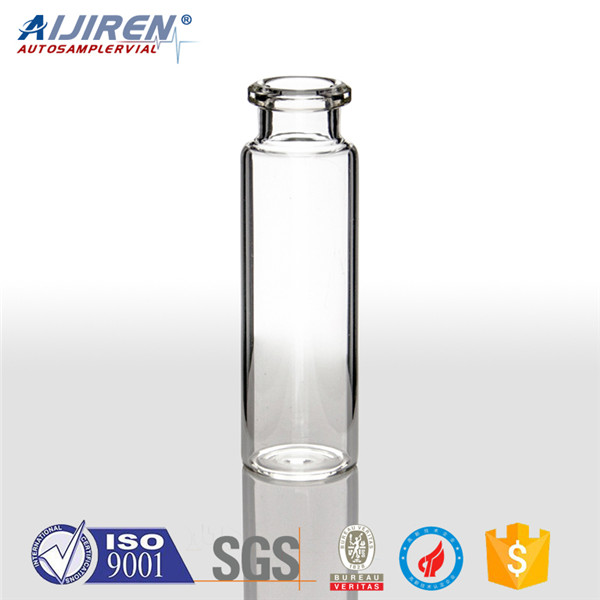
Home » News » 20ml crimp headpace vials » Common use 18mm crimp top gc glass vials for GC/MS Thermo Fisher 10ml Headspace GC Vials for Sale--Lab Vials Manufacturer Crimp Vials squeeze the septum between the rim of the glass vial and the crimped aluminum cap.
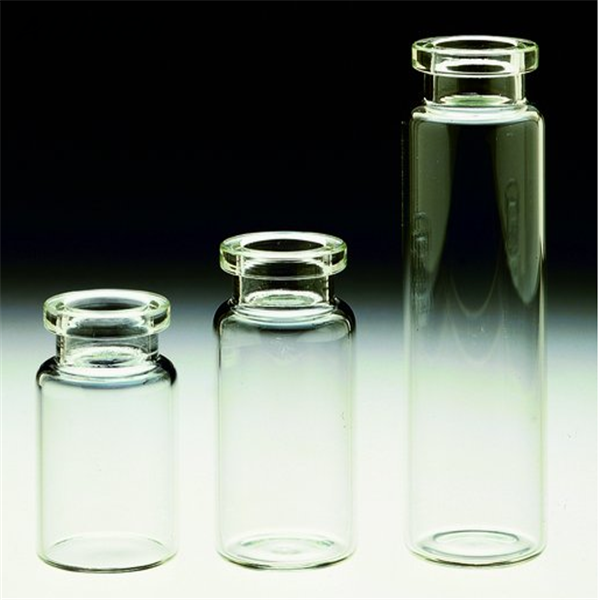
TurboMatrix Headspace and high-sensitivity Headspace Trap samplers provide unparalleled precision and ease of use for numerous GC or GC/MS volatile-analysis applications. The system can manage up to 12 samples simultaneously, ensuring that the next sample is ready for analysis upon completion of the previous run, achieving significant time savings.
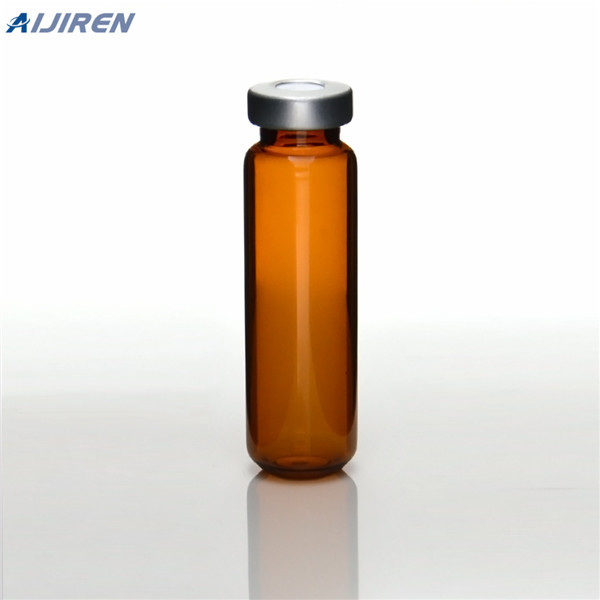
Crimp Top Vials Crimp top vials provide the best seal of any vials. Crimp top vials also have a large opening finish (6.0mm) and are available in both clear and amber glass, with and without marking spots on the vial. Snap Top Vials These vials are ideal for high throughput analyses. The polyethylene caps used with snap top vials offer a positive

Aijiren Vial, crimp top, headspace, clear, round bottom, certified, 20 mL, 23 x 75 mm, 100/pk. Vial size: 22.75 x 75 mm (20 mm cap) - Headspace Vials & Caps UNSPSC Code - 58
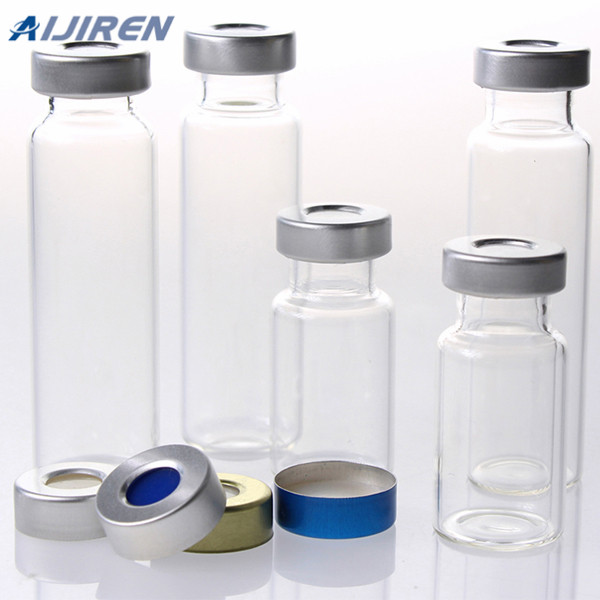
Crimp top Use with 20 mm crimp caps Two sizes: 23 x 75 and 23 x 46 mm Round bottom glass headspace vials feature a 20 mm beveled crimp top that creates a much tighter seal than you get with a flat crimp surface. Vials are designed for use with Perkin-Elmer, Tekmar and Varian.
.png)
4.3 Headspace vials, 20 mL with crimp-top caps. 4.4 Crimper for vial caps in 4.3. 4.5 Rainin pipettors, 250 L and 10.0 mL with pipette tips. 5 REAGENTS AND MATERIALS 5.1 Dispersant – 10% water/polyethylene glycol 400 (PEG 400) – prepared by adding 50 mL reagent grade water to 450 mL PEG 400 and mixing well.
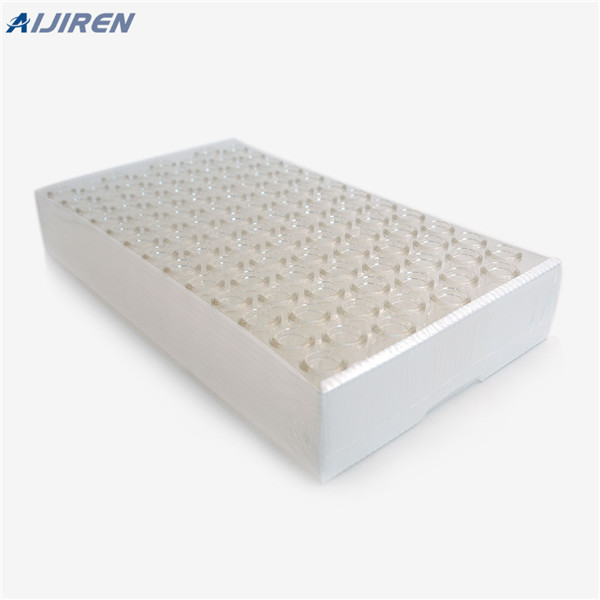
interaction between headspace vial and sample loop pressures. Finally, Aijiren’s HSS and A GC work together • to boost your productivity – and keep costs in check – by your Series GC to the A GC. allowing you to • Reduce your analysis time with faster oven cool-down

A wide variety of 20ml headspace vials options are available to you, such as laboratory bottle. You can also choose from pharmaceutical, personal care 20ml headspace vials, as well as from screen printing 20ml headspace vials, and whether 20ml headspace vials is liquid medicine.
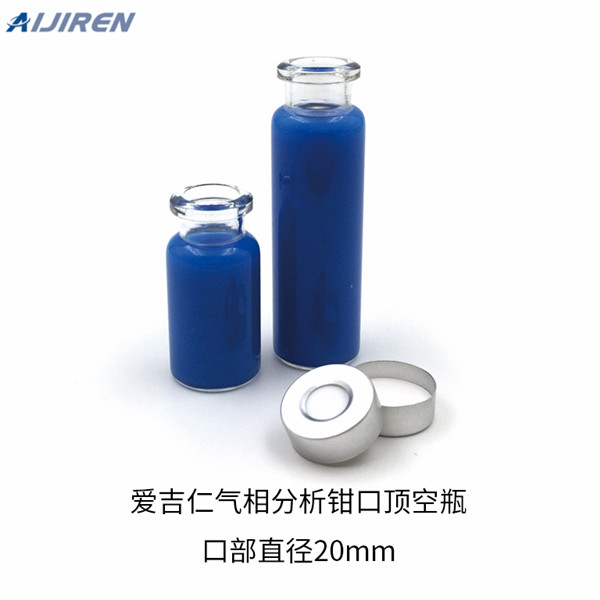
Headspace 20ml Screw Vials. Headspace 20Ml Screw Vials are an alternative to crimp top Headspace Vials. The design allows a leak tight seal with moderate twisting force. Since they do not require crimping, samples can be taken and sealed in the field without the need for sample transfer in the lab.
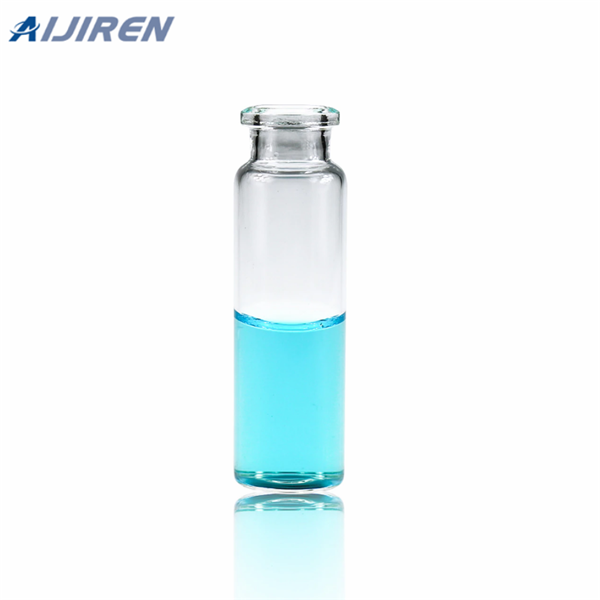
Aijiren 10 mL and 20 mL certified screw and crimp style, clear or amber glass headspace vials and associated 11 mm, 18 mm, and 20 mm headspace caps are engineered to prevent sample contamination while providing consistent, secure seals. These headspace vials come in both flat- and round-bottom styles for use in a wide variety of headspace instrument platforms.
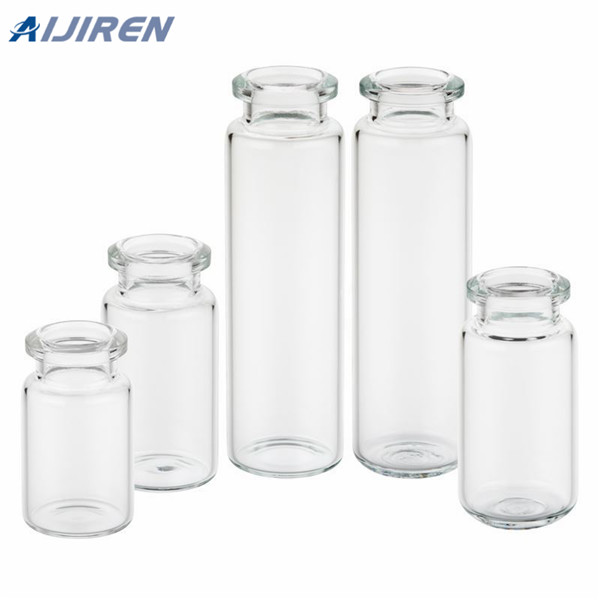
Septa for Headspace Vials from Aijiren. Make sure the septa you choose are chemically compatible with your sample and solvent. Chemical compatibility can vary, based on factors such as solvent concentration, molecular weight, and temperature.